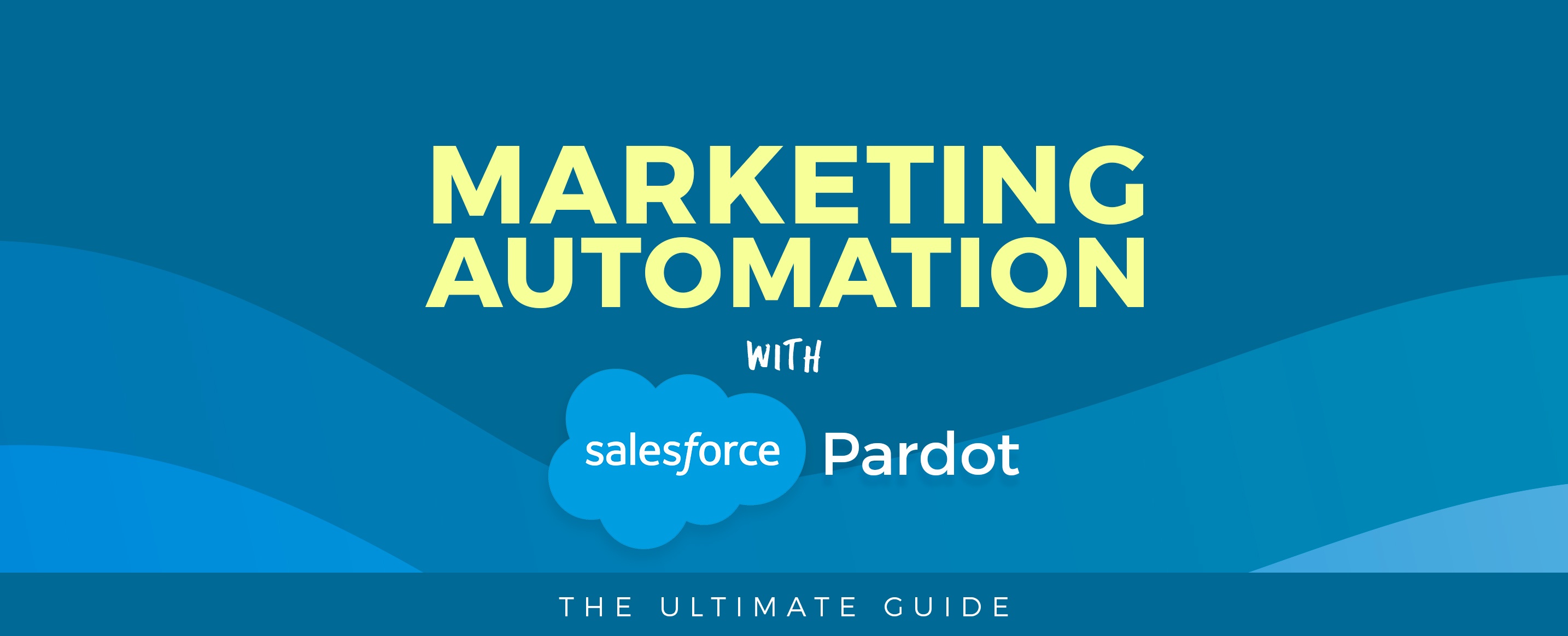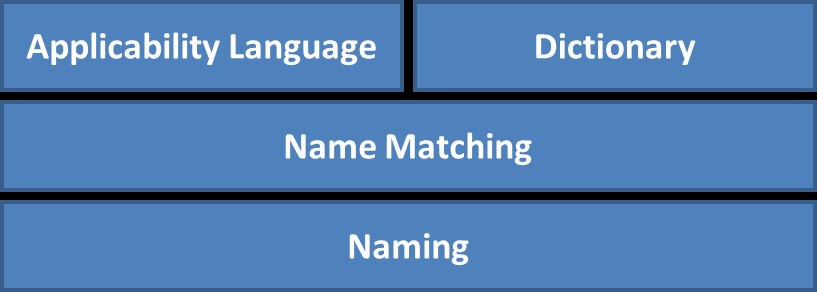
A RSS feed to HTML code generator will allow you to convert the news feed from your website into a format easily displayed online. Whether you're running a blog, website or other online business, having your latest news feed on display makes it easier for your visitors to keep up with what's happening on your site.
An RSS feed, or syndication feed, is an XML document that contains all of the data and information from your website, or other source. This can include text, images, video and a link back to the original source.
Browsers download and display the content using an XML-formatted document that is stored on a server. Most feed-readers are designed to directly display and view this file. However, some may need "RSS readers" or "aggregators" to transform it into something that can actually be used by a web browser.

You can create RSS from some websites by modifying HTML. Other sites let you upload XML, which is then converted to RSS. Alternatively, some feeds are auto-generated by the platform they're on, such as WordPress or Drupal.
It's easy to create an RSS Feed, and there are many services available online that can help. You can choose the category and author of your feed, or customize its appearance. Others will create a basic RSS feed that is ready to publish on your website.
Most of these services are very simple to use and will allow you to pick a feed, customize its appearance and copy the resulting HTML code that's ready to be pasted into your site. There are also some that will automatically filter and optimize your feed to ensure you're only displaying the best content to your audience.
It is not unusual for a website to have different feeds for every category or author. As a result, it can be a real challenge to combine all of them into one single list.

Use a script to convert the XML file into an HTML document that can be embedded in your website. This will ensure your feed can be read by search engine robots, as well as saving you bandwidth for hosting the feed.
This type of script is usually implemented in ASP or PHP and uses design templates to output a web page that can be embedded into your site. These types of programs are particularly useful for those who want to display their own RSS feeds on their own websites, or for those who are concerned with search engine optimization.
Converting RSS into HTML is a simple task that anyone can perform with just a bit of programming knowledge. It requires some skill and a lot of patience, however. This is true, in particular, if you want to write a program robust enough that it can handle the diversity of content on an average website.
FAQ
What are the four main features of software for marketing automation?
Marketing automation software promises to simplify and improve digital marketing processes while providing meaningful insights based on your business goals. The right tools for marketing automation can help you achieve tangible efficiency improvements across multiple channels and optimize results-driven campaigns. Here are four of the most important features:
-
Automated Campaigns (Automated Tasks): Use automated tasks to make it easier to manage complex campaign campaigns more efficiently. These tasks trigger based upon user behavior and other events.
-
Analytics & Intelligences: Use advanced analytics for insight into customer behavior to optimize future campaigns.
-
Customer Segmentation. Make sure each campaign is targeted and personalized to maximize your chances of success.
-
Messaging: Send automated messages that are tailored for each customer segment, improving both response rates and satisfaction levels.
Businesses can save time by using the right marketing automation tools to create customized customer experiences. Automation software allows you to segment customers by their behavior and preferences. It also tracks customer activity and engagement so that automated messages can be sent to each segment. Marketing automation is a powerful tool that can help businesses compete in today's market.
Is marketing automation the future of marketing?
Marketing automation is the use of technology and software to streamline, automate and measure marketing tasks. It frees up resources for more difficult tasks, such as customer behavior analysis or personal engagement. It automates mundane tasks like segmentation, testing, personalizing and tracking website visits, behavior, managing customer interactions across channels, and more.
The future of marketing automation lies with its ability make customer journeys easier and more easily understood. Marketers will be able tap into richer data sources such social media platforms, connected devices and other channels to track customer travels in order to create personalized experiences to engage customers at each touch point. This will allow them develop highly targeted and agile strategies.
Marketers will be able to automate their decision making with artificial intelligence (AI). This will make campaigns more efficient. With AI-powered bots taking care of repetitive tasks like scheduling emails or answering simple FAQs from customers, marketers can focus on important tasks that require human intelligence like refining the content strategy or understanding customer sentiment on particular products.
Finally, automated marketing is expected to continue growing in popularity with the acceptance of marketing automation tools by smaller businesses and advancements in predictive analytics technologies that help generate insights from data collected through marketing automation.
Marketing automation can be a powerful tool to help businesses compete in today's market. Businesses can cut down on time and increase customer satisfaction by investing in the right tools. Businesses can improve response rates and customer satisfaction by leveraging customer segmentation. As technology evolves, marketing automation is going to become an even more critical tool for businesses in order to stay competitive and prosper in the future.
What are the benefits of WordPress Marketing Automation?
WordPress marketing automation offers a variety of benefits for businesses. Automation automates mundane tasks such as segmentation and data analysis, which can save you time and money. Automating repetitive tasks like data analysis and segmentation can help businesses create personalized content that will increase customer engagement, improve conversion rates, and ultimately lead to increased sales. It also allows marketers to track website activity and ROI performance over time, helping them measure the effectiveness of their campaigns.
WordPress marketing automation also enables businesses to create automated lead nurturing workflows, set up powerful triggers to send emails based on specific visitor activities, and customize customer journeys with personalized messages. This helps businesses build trust with customers and improve customer loyalty. Automation also allows for more efficient communication between teams, which can help improve collaboration and productivity.
WordPress marketing automation provides automated insights and data about customer behavior to help businesses stay ahead of the competition. This allows marketers to make informed decisions about their campaigns and quickly adjust strategies to meet changing customer needs. Businesses can also use automation to keep up with digital marketing trends such as machine learning and artificial intelligence (AI). Businesses can use these tools to create more targeted campaigns and increase their effectiveness.
Statistics
- Automator can probably replace 15% or more of your existing plugins. (automatorplugin.com)
- While they're doing that, their competition is figuring out how to get more out of the 99.99% of the market that's still out there. (hubspot.com)
- The highest growth for “through-channel marketing automation” platforms will reach 25% annually, with “lead-to-revenue automation” platforms at 19.4%. (marketo.com)
- Marketing automation is one of the fastest-growing technologies out there, according to Forrester's Marketing Automation Technology Forecast, 2017 to 2023. (marketo.com)
- Even if your database is currently filled with quality leads, how effective will your marketing automation be when you've either converted all those leads into customers or when your database begins decaying by ~22.5%/year? (hubspot.com)
External Links
How To
How do I pick the right content marketing platform?
Success is dependent on the selection of the right content market automation platform.
It is essential that the platform facilitates direct communication between customers, allows for easy integration with existing workflows, and is simple to use. It should be capable of automating repetitive tasks or creating automated marketing campaigns.
It is important to consider your needs when choosing a content-marketing automation platform. Look out for platforms with reporting capabilities and templates. Check to make sure they offer lead-capture tools. This will help you to identify which leads are worth pursuing further and which should be discarded accordingly.
When choosing a platform, pay close attention to its user experience (UX). You should ensure that the platform has clear navigation to make it easy for users to find what their looking for quickly. It should also be intuitive enough to make it easy for people to use. Securely storing data from prospects or customers is also crucial. Make sure the platform meets all requirements.
You also need to know how frequently the chosen software updates or adds new features. This can significantly improve any content marketing platform's performance over time. Be sure to read customer reviews before making your final decision, too; real user feedback can go a long way in helping you choose the right one for you.